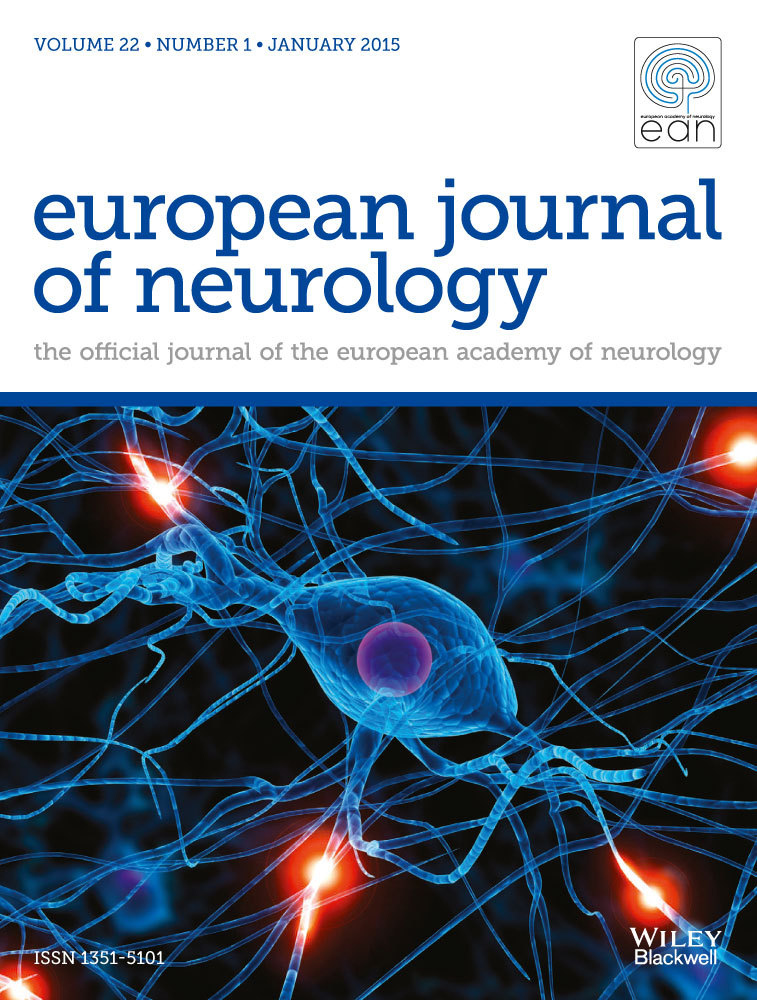Infantile and childhood onset PLA2G6-associated neurodegeneration in a large North African cohort
Abstract
Background and purpose
Mutations in the PLA2G6 gene are causative of PLA2G6-associated neurodegeneration (PLAN), a spectrum of neurodegenerative conditions including infantile, childhood and adult onset forms.
Methods
Seventeen North African patients with a clinical suspicion of infantile-onset PLAN underwent clinical, neurophysiological and neuroimaging examinations, and PLA2G6 sequencing. Haplotype analysis was performed to date the identified founder mutation.
Results
All patients carried biallelic mutations in PLA2G6. Sixteen children had the commonest form of infantile-onset PLAN, with early onset of psychomotor regression, hypotonia, pyramidal and cerebellar signs, and abnormal ocular movements. The phenotype was highly homogeneous, with rapid development of severe spastic tetraparesis, cognitive impairment and optic atrophy. Neuroimaging showed cerebellar atrophy and claval hypertrophy to be the commonest and earliest signs, whilst cerebellar cortex hyperintensity and pallidal iron deposition were later findings. Motor or sensory-motor neuropathy and electroencephalogram fast rhythms were also frequent. Nine patients from six families shared the same founder mutation (p.V691del) which probably arose by the late seventeenth century. Only one patient fitted the diagnosis of the much rarer childhood-onset PLAN. Despite the early onset (18 months), clinical progression was slower, with behavioral disturbances and dystonia. Typical features of infantile-onset PLAN such as hypotonia, nystagmus/strabismus, optic atrophy, electroencephalogram fast rhythms and motor neuropathy were absent. Cerebellar atrophy, claval hypertrophy and pallidal hypointensity were evident at brain magnetic resonance imaging. This patient carried a missense variant predicted to be less deleterious.
Conclusions
The PLAN-associated phenotypes and the challenges of diagnosing the childhood-onset form are delineated, and a common North African founder mutation is identifed.




